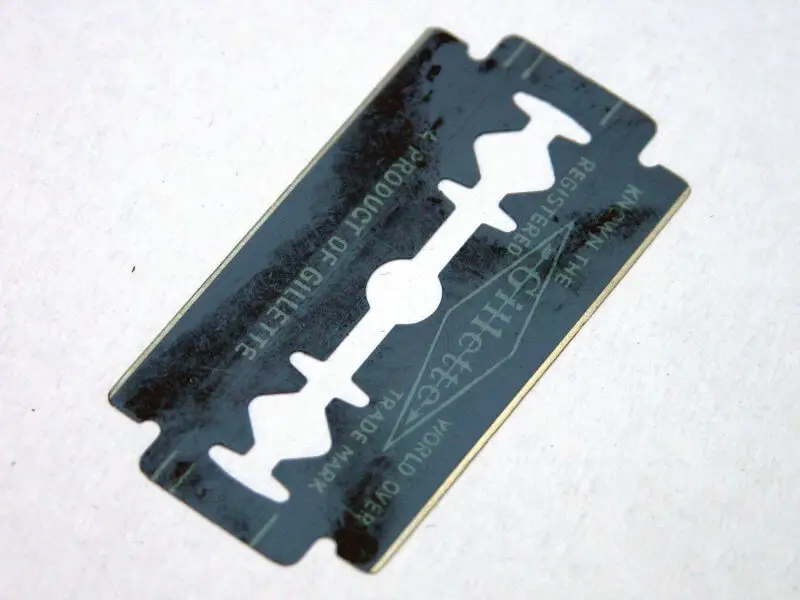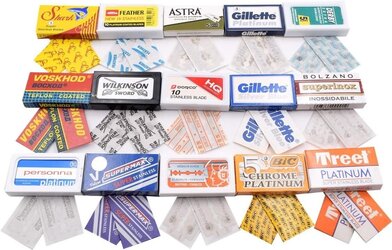Ron R
I survived a lathey foreman
I made this up years ago and just edit it once in a while because describing how a blade works is difficult with a lot of words and just seeing it on a photo chart is easier to describe for my self. I made this up mainly for newbies like myself to give a ballpark view of what I experienced and I used the Gillette Astra SP as my standard blade because I used it a lot at first for comparing the other blades.
My opinion Gillette & Personna make excellent blades and have been making them for over 100 yrs and when it comes to SE blades it is hard to beat a Gem(=Personna) or Schick injector blades because they have been making them for some time also and have excellent cost/per shave that is important to some folks. DE & some SE Blades are the cheapest part of modern day shaving IMO.
The blades that are crossing from Sharp & smooth to Sharpest are my favorites most of the time. There is hardly much differences when it comes down to it, but it is hard to beat a Gillette silver blue, Sharp & Smoooth with reasonable longevity .
.

Have some great shaves!
My opinion Gillette & Personna make excellent blades and have been making them for over 100 yrs and when it comes to SE blades it is hard to beat a Gem(=Personna) or Schick injector blades because they have been making them for some time also and have excellent cost/per shave that is important to some folks. DE & some SE Blades are the cheapest part of modern day shaving IMO.
The blades that are crossing from Sharp & smooth to Sharpest are my favorites most of the time. There is hardly much differences when it comes down to it, but it is hard to beat a Gillette silver blue, Sharp & Smoooth with reasonable longevity
 .
.Have some great shaves!
Last edited:








